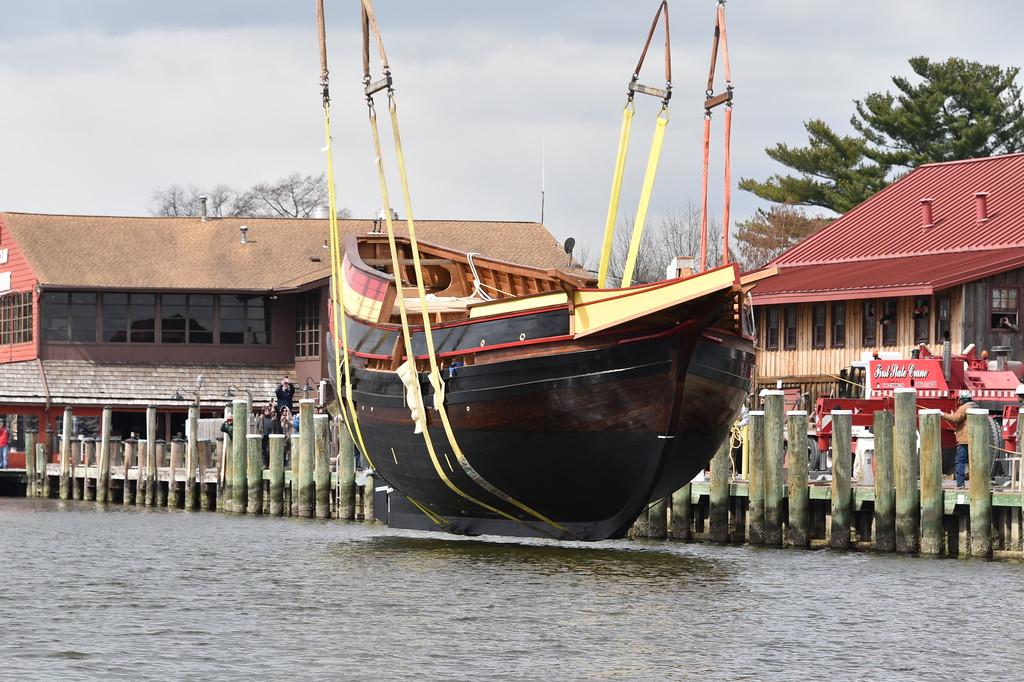It struck me recently that I didn’t really have a strong view one way or the other about whether Elon Musk should acquire Twitter. Mostly because I didn’t really know what Twitter had become. But, one thing I do know is that Twitter really is not anything like what I envision when I see the term, “town square.”
 Traveling in Italy, one has the chance to view town squares – called piazzas – that matter to a community. They are places where people visit regularly to see friends over a meal, perhaps even a bit of Italian wine. Trust is built among people who find themselves discussing issues that matter in their lives. Those of us who come as tourists are tolerated as consumers of food and beverages; and, in some cases, we probably provide a form of entertainment to the locals who willingly strike up a conversation.
Traveling in Italy, one has the chance to view town squares – called piazzas – that matter to a community. They are places where people visit regularly to see friends over a meal, perhaps even a bit of Italian wine. Trust is built among people who find themselves discussing issues that matter in their lives. Those of us who come as tourists are tolerated as consumers of food and beverages; and, in some cases, we probably provide a form of entertainment to the locals who willingly strike up a conversation.
Historians suggest this centuries-old approach to exchanging views and enjoying the company of others found its way early into America when William Penn commissioned Thomas Holme in 1682 to design the city of Philadelphia. The rectangular grid pattern contained four small public squares, a concept designed by Penn and Holme to ensure citizens would have open places to walk, gather and engage with one another.
What caught my attention most in the current discussion about Elon Musk’s appetite for acquiring Twitter was his description of what he thinks it is: “Twitter is the digital town square, where matters vital to the future of humanity are debated” says Mr. Musk.
Sorry, I just don’t think the designers of Italian cities or the team of Penn and Holme could embrace such a notion if they came back to see what Twitter is today. You just do not come to know and trust people with short bursts of phrases. You do not build personal relationships; in fact, Twitter seems one of the most impersonal of social media.
So, that brings me to the question of what is Twitter?
It was only 16 years ago, on March 21, 2006 that Twitter founder Jack Dorsey sent his first tweet. Today, Twitter claims around 400 million users around the globe. We in the United States continue to be the country with the largest group of users. But, of the 206 million global users who reportedly engage with Twitter daily, only 25% of those are in the US.
Another metric for Twitter relates to “monetizable daily active users.” These are users who login in a manner where Twitter can send them ads; or, in other words Twitter knows who they are. There are 187 million of these folks on the planet with 37 million here in the US, or just over 10% of the nation’s population.
If a thoughtful individual were to sit with someone and visit about their lives and, as Elon Musk says, debate “the future of humanity,” would not that individual want to know how much they had in common with those engaged in the debate? I answer yes to this question!
Here are a few interesting and recent compilations about who is engaged with Twitter…
With regard to gender, 68% are thought to be men…leaving less than 1/3rd women.
In terms of age, 59.2% using Twitter are reported to be between 25 and 49 years old. Twitter users over 50 years old account for just over 17% of users.
When asked to check off reasons for using Twitter, the most often checked reasons were to get the news (48%) and entertainment (48%). From these two top reasons, it dropped to 34% who use Twitter to stay in touch with friends and family.
As an aside, these numbers validate the concern a lot of us have about the propensity for younger people to get their news on Twitter and other social media platforms…but, that is another story.
However, if going to Twitter for the news is one of the highest priorities users have, you would expect news organizations to have secured a great number of followers. On the list of the highest Twitter users ranked by number of followers, CNN has 61 million. That earns them a 15th place.
Here is what those who study these things recently found when it comes to worldwide followers (numbers in millions):
| Barack Obama | 129.9 |
| Justin Bieber | 113.9 |
| Katy Perry | 108.7 |
| Rihanna | 102.8 |
| Christian Ronaldo | 93.5 |
| Taylor Swift | 88.6 |
| Ariana Grande | 84 |
| Lady Gaga | 83.6 |
| Ellen DeGeneres | 77.9 |
| YouTube | 73.1 |
| Narendra Modi | 70.6 |
| Kim Kardashian West | 70 |
| Selena Gomez | 65 |
| Justin Timberlake | 63.4 |
| CNN Breaking News | 61.2 |
| 59.5 | |
| Elon Musk | 59.3 |
| Britney Spears | 55.5 |
| Bill Gates | 55.3 |
| Demi Lovato | 54.6 |
All I can suggest is that if Twitter really is the place “…where matters vital to the future of humanity are debated,” I am just not sure Twitter brings to the table the key players in the debate who I would wish to see selected for the task.
I still am a bit ambivalent about Musk’s acquisition of a company that has built a global platform for exchanging ideas. It has been a public company now with shareholders willing to sell. It is not a public utility. Acknowledging that the numbers are large when you look at millions of people engaged on a national and global basis through Twitter, still other social media platforms have greater engagement.
What now seems most troubling is the intent of the new owner and how he hopes to raise the bar on Twitter, regardless of its limitations, connecting millions of willing information consumers who have relinquished many of the elements that have traditionally been part of trusted face to face conversation about news, weather and sports, not to mention the future of humanity.
Craig Fuller served four years in the White House as assistant to President Reagan for Cabinet Affairs, followed by four years as chief of staff to Vice President George H.W. Bush. Having been engaged in five presidential campaigns and run public affairs firms and associations in Washington, D.C., he now resides on the Eastern Shore.




